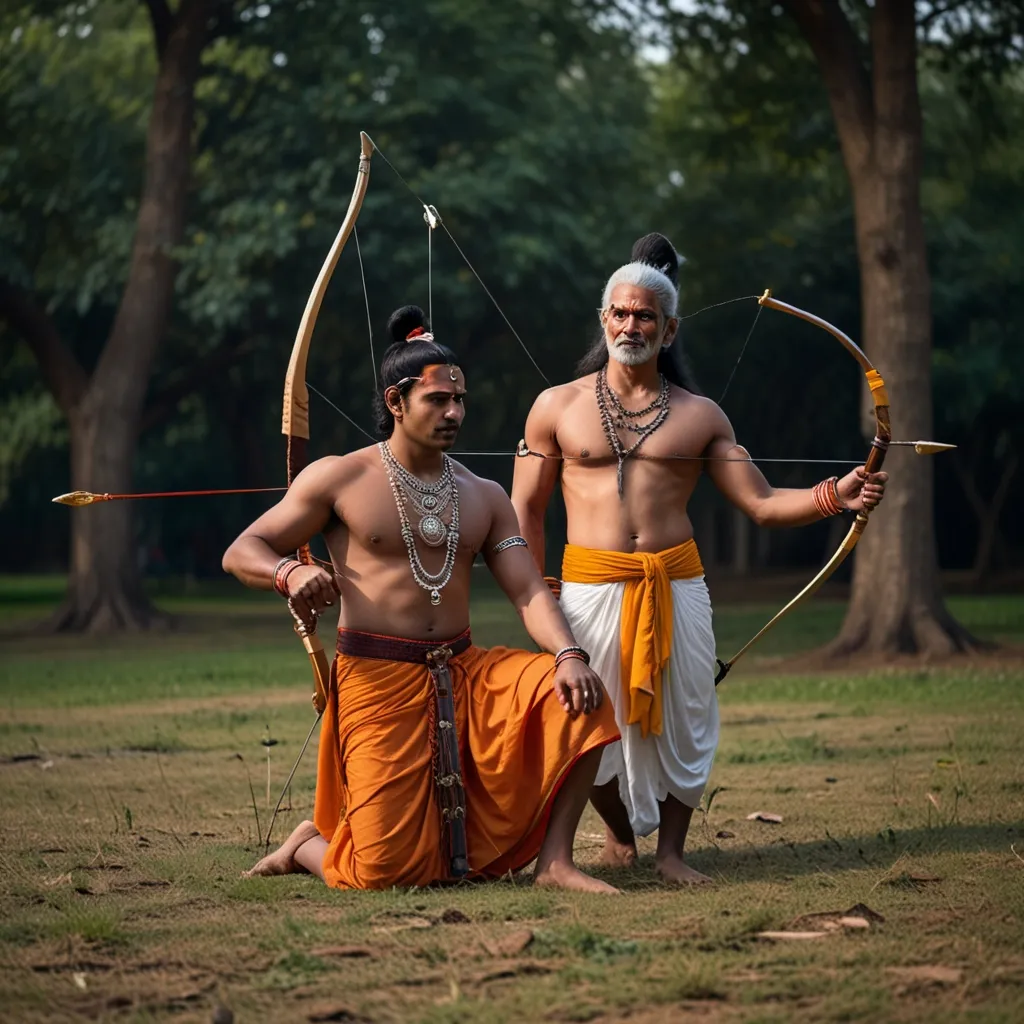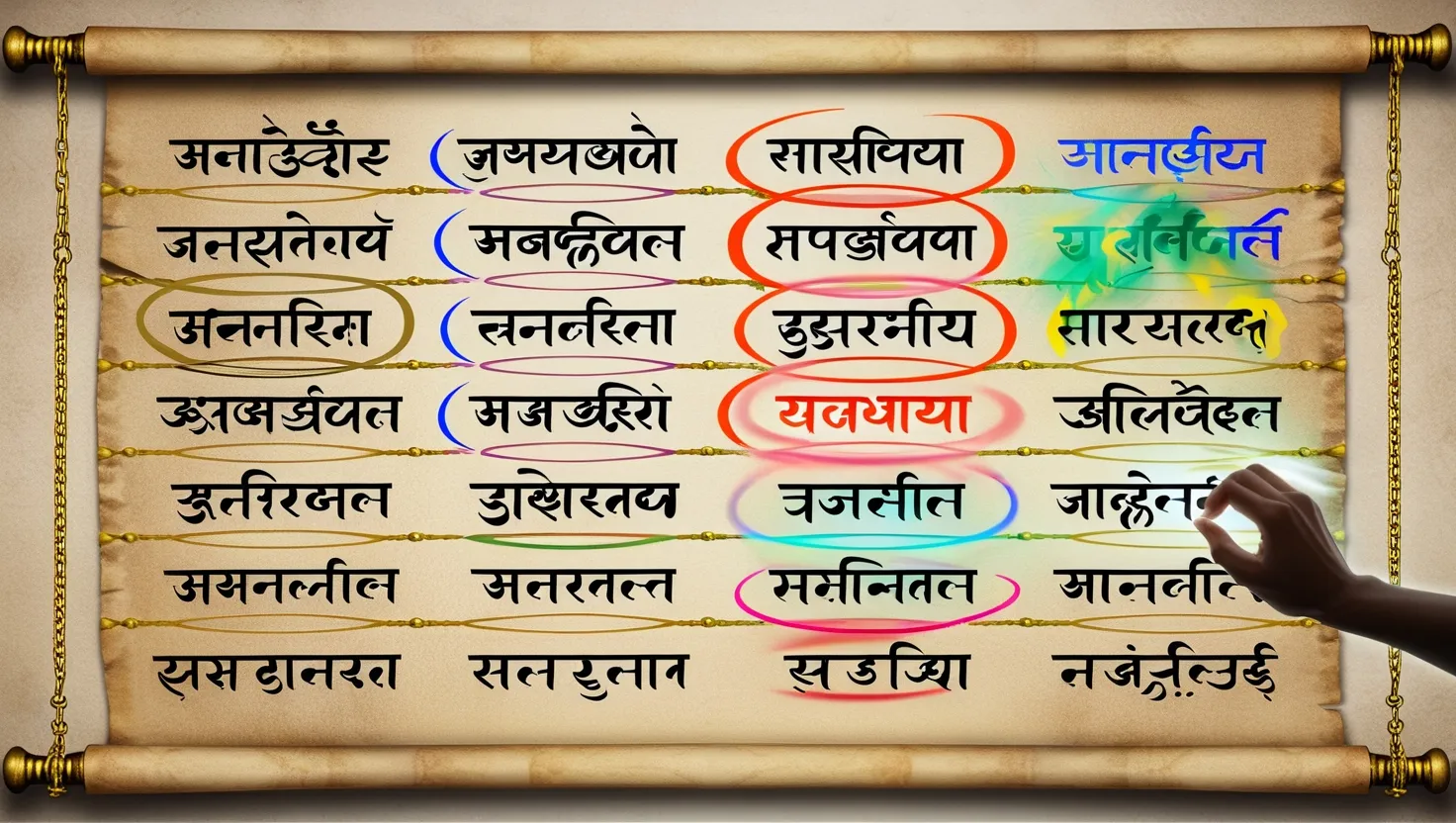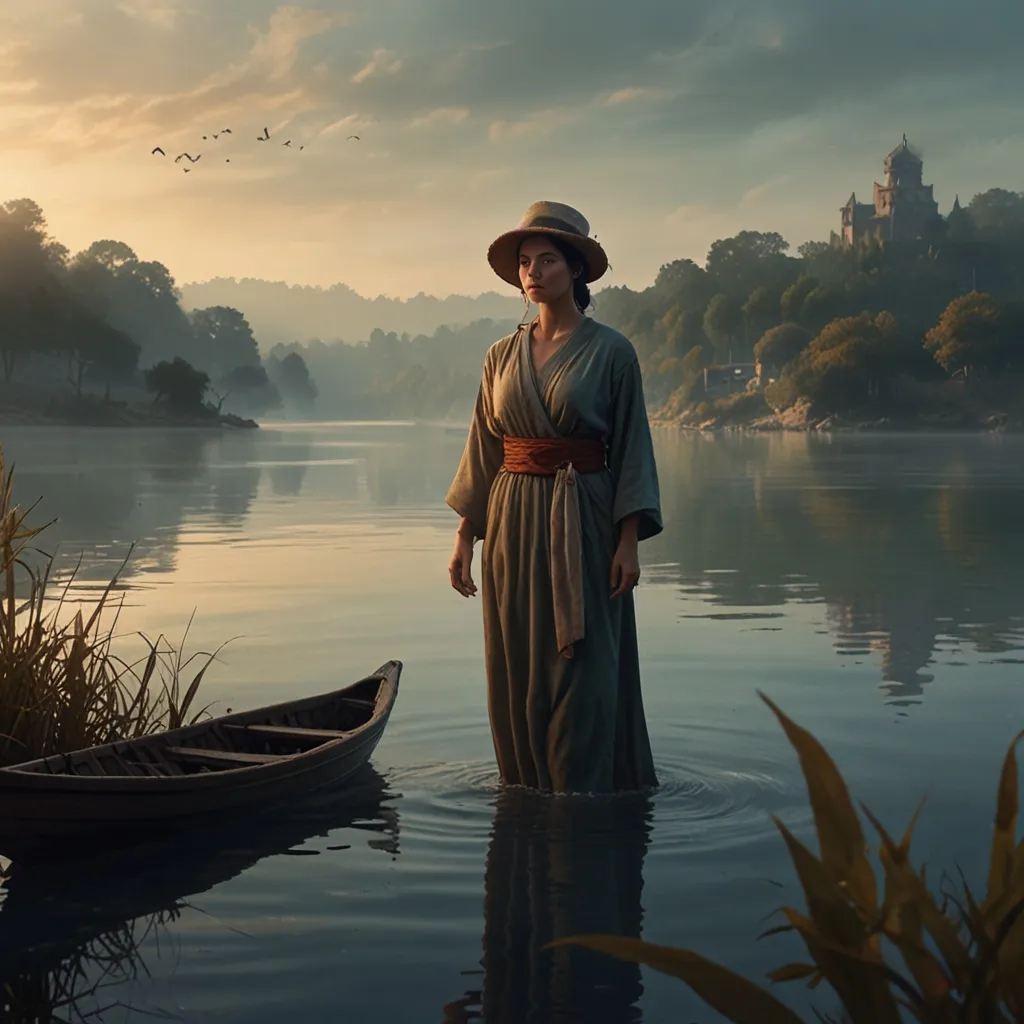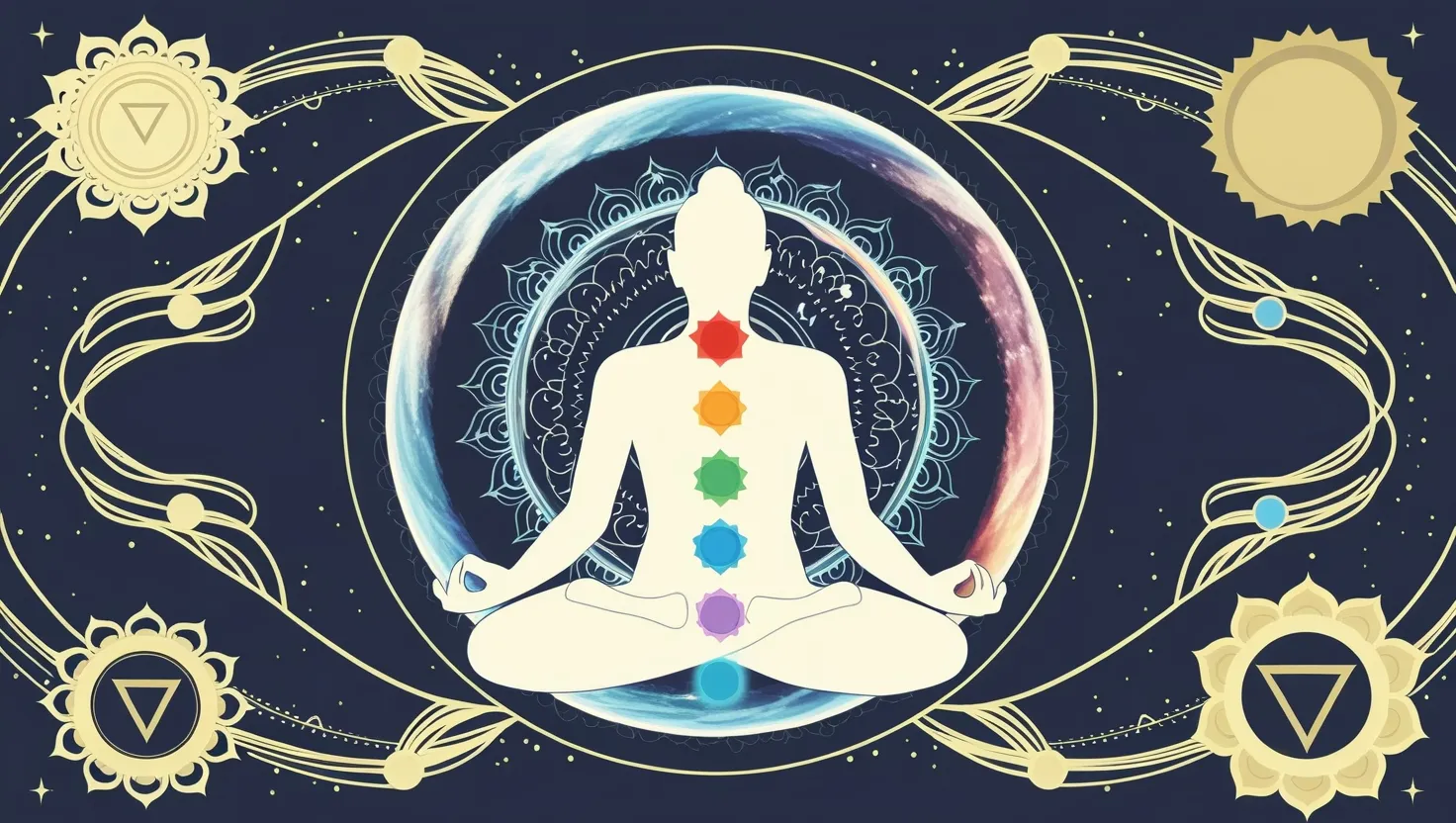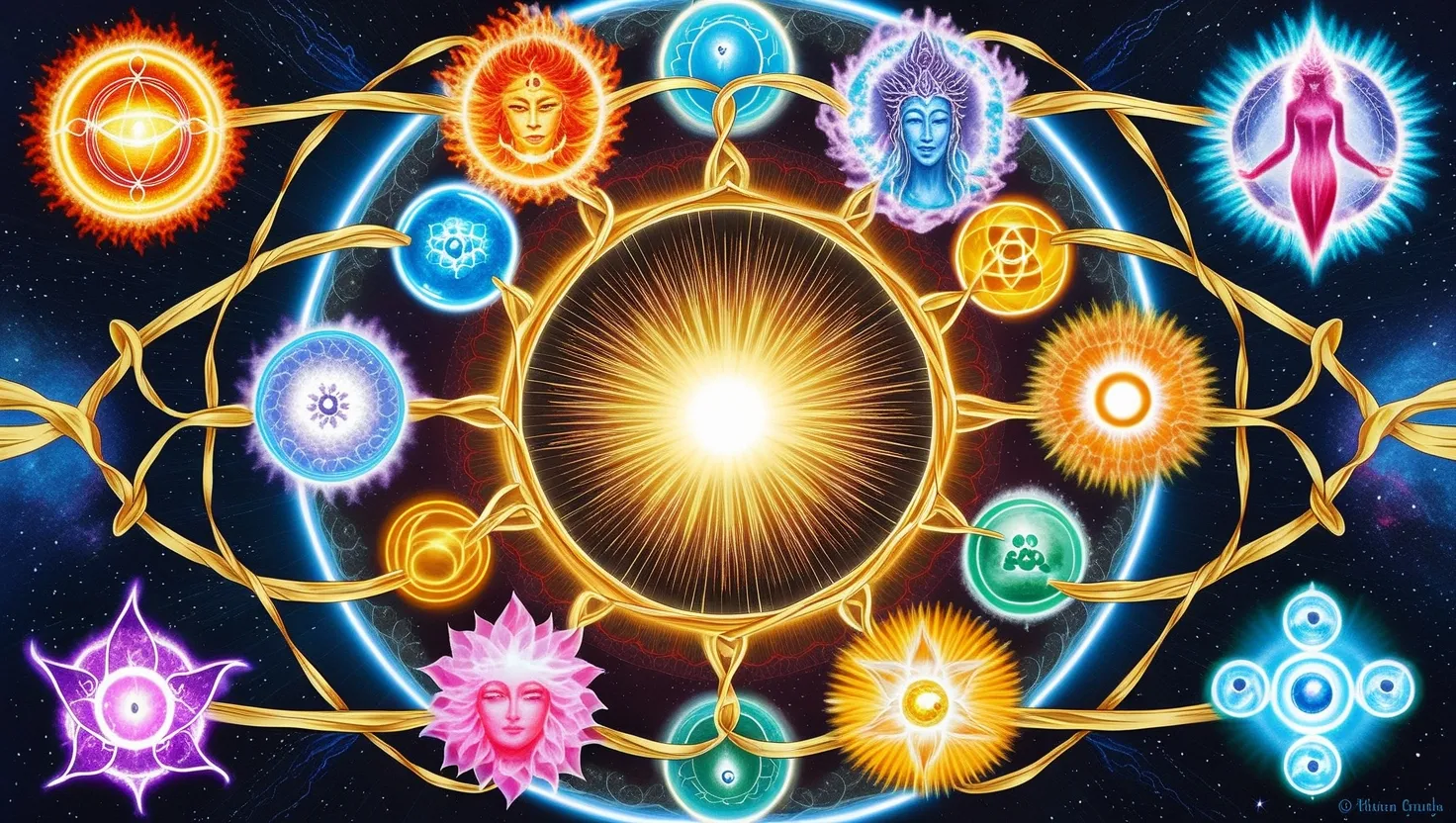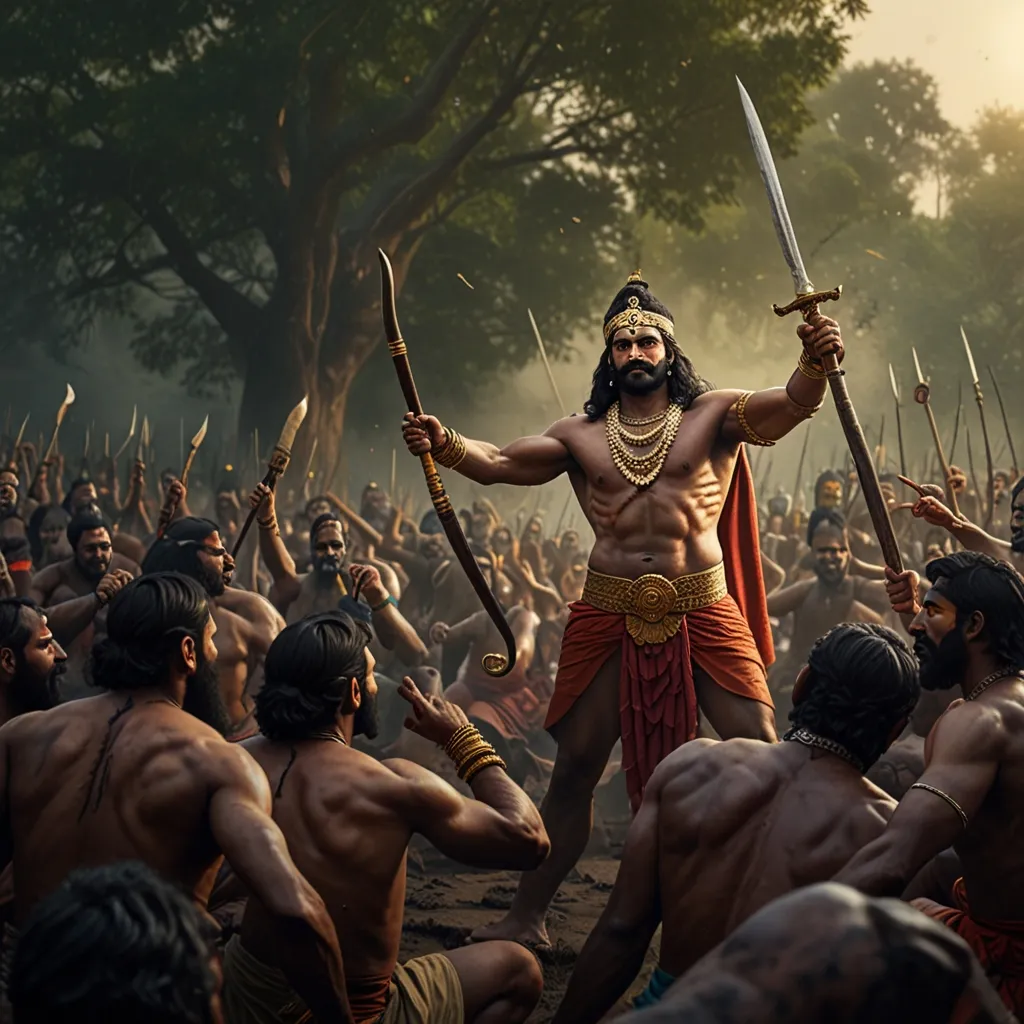The Mahabharata, an ancient Indian epic, is a treasure trove of stories, each with its own lessons and insights. Among its many captivating narratives, the education of the princes shines brightly, weaving a fascinating tale of wisdom, skill, and ethics. The story kicks off with the five Pandava brothers—Yudhishthira, Bhima, Arjuna, Nakula, and Sahadeva—alongside their cousins, the Kauravas, guided by none other than the sage and seasoned warrior, Drona.
Drona’s reputation precedes him. Known far and wide for his profound knowledge and unmatched skills in weaponry and governance, he’s the perfect mentor for these young royals. Drona, with the support of Kripa, another sage with equally commendable expertise, crafts a curriculum that encompasses martial arts, archery, philosophy, and governance. The breadth and depth of their education are truly remarkable, molding them into well-rounded individuals.
The princes’ journey begins at Drona’s ashram, a serene and sanctified place where learning knows no bounds. Drona’s methods may be tough, but they’re always fair. Each session is a lesson in discipline and perseverance, pushing the princes to tap into their latent potentials. Weapons training, particularly in archery, takes center stage, and soon, Arjuna, one of the Pandavas, emerges as a prodigy. His dedication is unwavering, and under Drona’s rigorous mentorship, Arjuna refines his skills to perfection, marking his name among the greatest archers of all time.
But their education isn’t confined to just wielding weapons. Drona ensures they are well-versed in philosophy, ethics, and the intricate art of governance. The principles of dharma, or righteousness, form the cornerstone of their moral education, guiding their actions and decisions as future rulers. The emphasis on ethical governance and moral values instills a deep sense of duty and responsibility in their young minds.
Cultural enrichment also plays a pivotal role in their learning journey. They delve into the arts—music, dance, and other performing arts—nurturing an appreciation for culture and aesthetics. This holistic education shapes them into not just warriors, but enlightened and cultured leaders, ready to face the world with wisdom and grace.
One of the standout features of their training is the emphasis on teamwork and camaraderie. Drona fosters a spirit of unity among the princes, underscoring the importance of cooperation and mutual support. This bond proves invaluable in the face of future challenges, allowing them to navigate trials and tribulations together.
Of course, their path is laden with tests and trials, pushing them to their physical and mental limits. Drona’s high standards demand nothing short of excellence, requiring the princes to continually strive for improvement. Through failures and setbacks, they learn resilience, understanding that perseverance is the key to overcoming obstacles.
As the princes mature, their proficiency in various skills becomes evident. They are now prepared to shoulder the responsibilities of leadership and governance. Drona’s meticulous training equips them to tackle the dilemmas and adversity that lie ahead, ensuring they are well-prepared for their administrative roles.
The narrative of their education is a vivid reminder of the importance of a well-rounded education. It emphasizes the need to balance martial prowess with cultural appreciation and moral integrity. The transformation of the princes from naive students to sagacious leaders is a journey filled with inspiration, offering timeless lessons that continue to resonate through the ages.
In sum, the education of the Mahabharata’s princes is a rich, multi-dimensional tale that underscores the enduring value of comprehensive learning. It seamlessly weaves action, philosophy, and moral instruction into a compelling narrative, captivating audiences and leaving a lasting impact on all who dive into this epic story.
